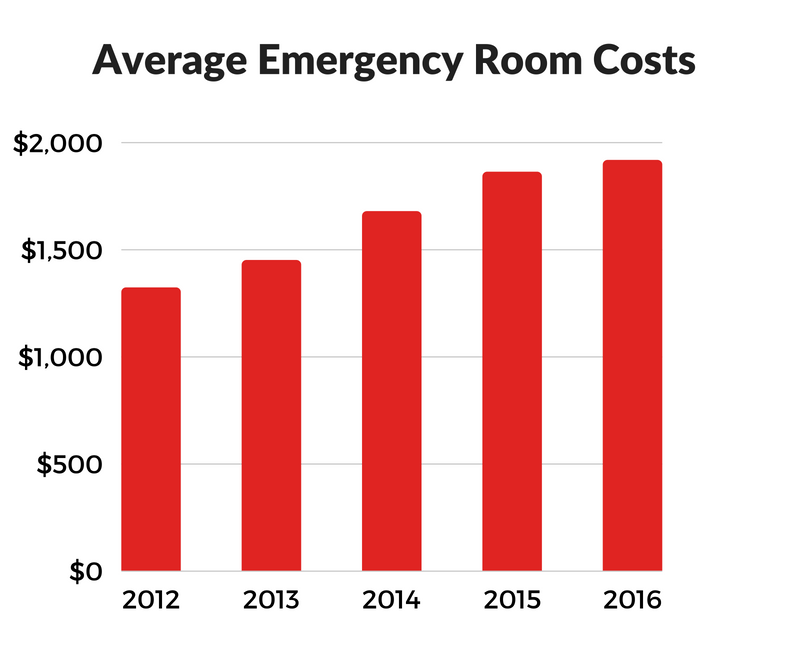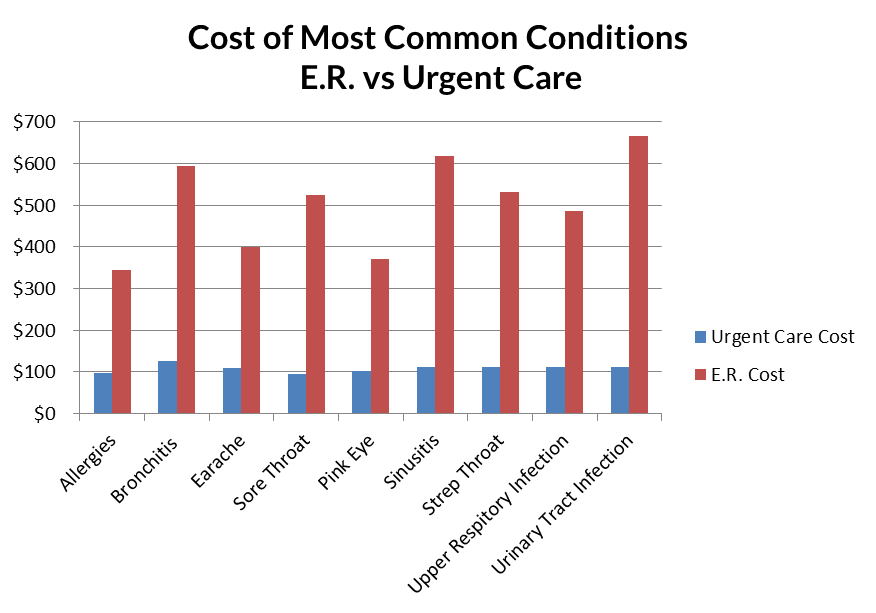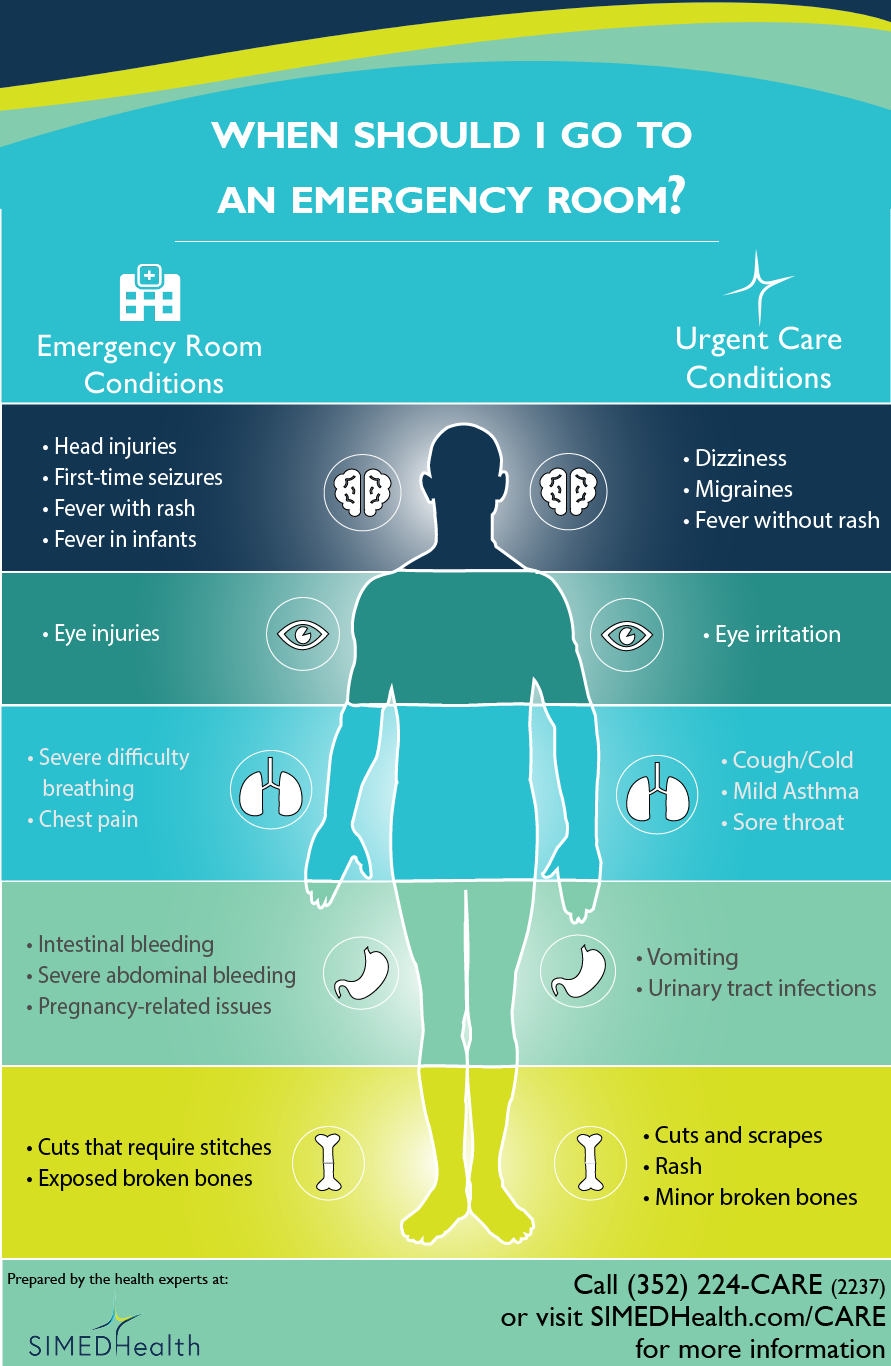How to Save Hundreds of Dollars on Your Health Care

It’s 10:30 at night. After turning the television off, you head downstairs for a late-night snack. You stumble in the dark to find the light switch, miss the handrail, and fall down a few steps. Now your ankle is bruised, swollen and you’re a bit shaken.
There are several reasons you should absolutely go to the emergency room. Such as symptoms of heart attack, significant difficulty breathing, stroke, or an exposed broken bone. (Keep scrolling for a breakdown of emergency room conditions)
According to a 2016 study by the Healthcare Cost Institute, emergency room costs have risen to almost $2,000.
Of course, these costs vary depending on the treatment. However, based on the healthcare trends of the last decade, it is unlikely that a visit to the emergency room is going to get any cheaper any time soon.
This rise in costs has allowed many healthcare providers to encourage their patients to reach out to their primary care physicians before heading straight to the emergency room.
Visiting an urgent care facility or primary care doctor can save hundreds of dollars on average.
Take a look at this graphic showing the breakdown of costs for the most common conditions between the emergency room and an urgent care facility.

The Bureau of Economic and Business Research estimates that $18 billion could be saved annually if patients with non-emergency conditions visited their urgent or primary care physicians instead.
Not only will an unnecessary visit to the emergency room put a strain on your wallet, but you’ll also likely have to wait an undisclosed amount of time. Emergency rooms wait times are based on the severity of the condition. Patients with less urgent conditions often wait longer than patients with more severe or life-threatening conditions.
Emergency room wait times on average have increased from 46.5 minutes to 58.1 in recent years, according to the Center for Disease Control and Prevention. Although some estimates put emergency room wait times at over 2 hours. While the average time spent at urgent care centers, from arrival to departure is about 30 minutes.
When you are seen in an emergency room, the medical staff has very little information about you. Because of this, additional tests are often performed to receive some of the same information that your primary care doctor may already have. These tests not only may increase your exposure to radiation, and hospital-acquired resistant bacteria, but add to your health care costs as well.
32% of E.R. visits are non-urgent. But the question is, when should you go to an emergency room?

Any medical procedure associated with a hospital is going to come at a higher cost to you. If you’re hurt and need to see a doctor, consider the severity of your condition. Give your primary care doctor or a local urgent care center a call before defaulting to an emergency department. This small change could save hundreds of dollars and hours.
Not sure if your condition is urgent? Looking for more information? Call (352) 224 - CARE